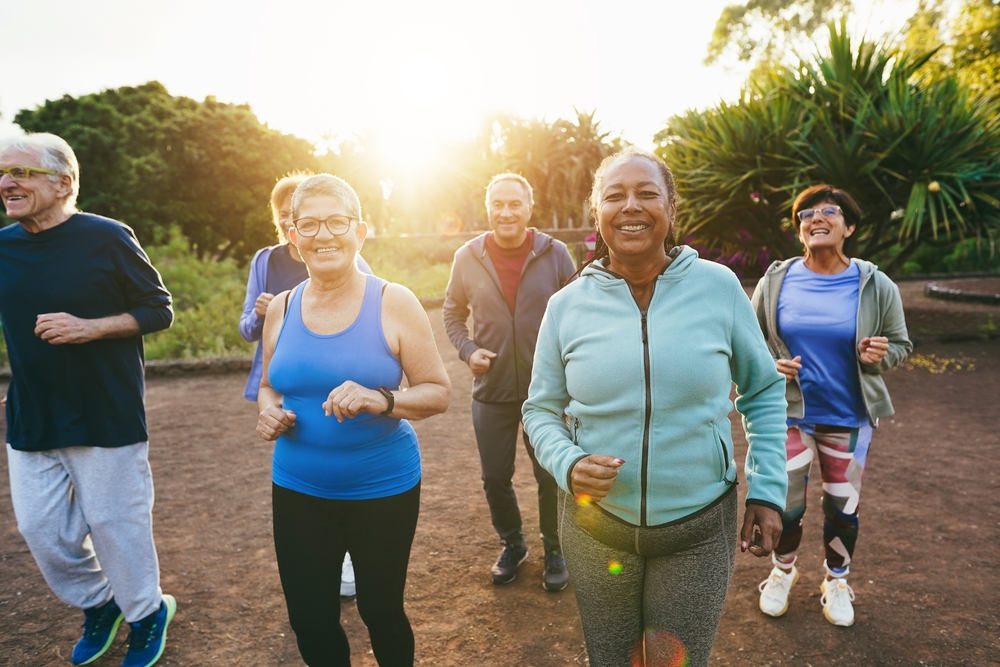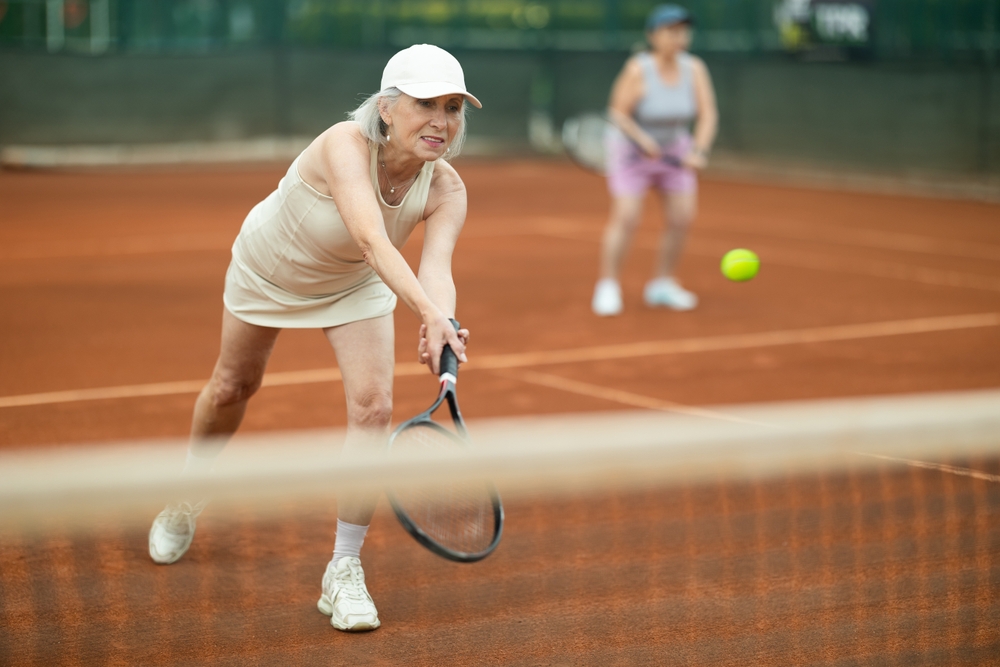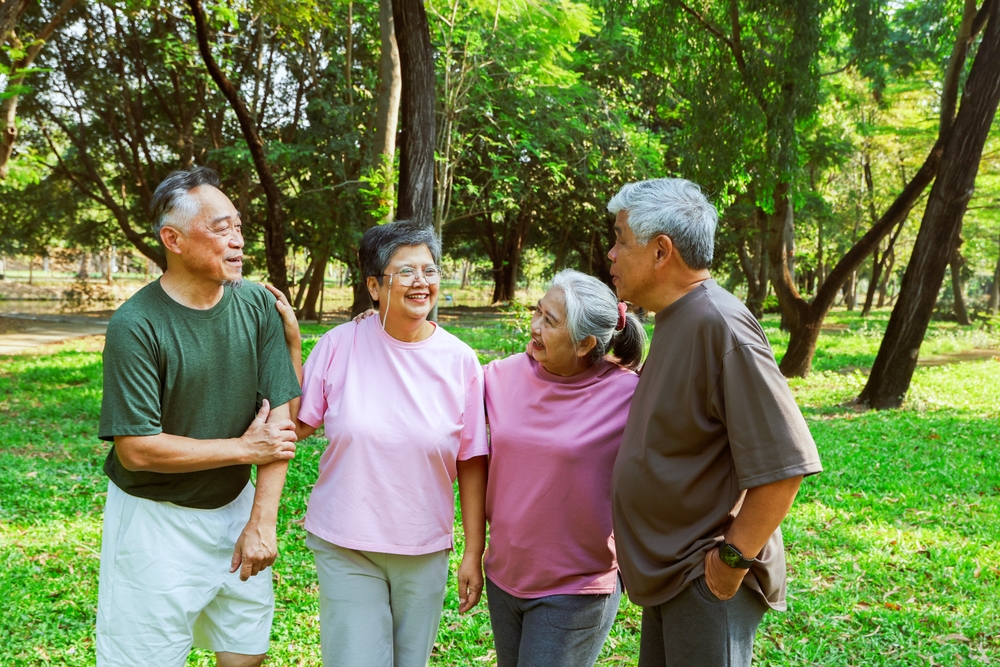How Much Exercise is Too Much for Seniors?
Category:

We all know there are numerous benefits to exercise, but how much exercise is too much for seniors? What are some safe exercises for older adults? In this post, we’ll take a look at fitness after 60.
Benefits of Exercise for Older Adults
Active older adults can take advantage of several benefits as a result of exercise. According to the National Council on Aging, exercise can:
- Prevent bone loss. Older adults lose bone density as they age and strength training can help counteract that, aiding in balance and reducing falls and injuries.
- Relieve osteoarthritis pain. Exercises such as low-impact cardiovascular activity can take pressure off of aching joints by strengthening surrounding muscles. Furthermore, physical activity can reduce pain and stiffness by easing joint inflammation and aiding in lubrication.
- Help prevent chronic disease. Regular physical activity can protect older adults against chronic illnesses (e.g. cardiovascular disease, colon cancer, diabetes, hypertension, and obesity), minimize symptoms of chronic illness, and reduce cognitive decline.
- Boost immunity. Some scientists believe exercise enables better immune function. It may also improve immune cell performance.
- Improve mood. Exercise is known to ease anxiety and depression symptoms, promote relaxation, and increase overall wellbeing.
In the next section, we’ll take a look at exercise recommendations for older adults.
Older Adults: Physical Activity Guidelines
When it comes to physical activity guidelines, older adults should abide by certain rules. According to the Centers for Disease Control and Prevention, adults aged 65 and older need:
- At least 150 minutes a week of moderate-intensity activity (e.g. brisk walking) or 75 minutes a week of vigorous-intensity activity (e.g. hiking, jogging, or running)
- At least two days a week of muscle-strengthening activities
- Activities to improve balance, such as standing on one foot
The CDC also notes that some physical activity is better than no physical activity at all. Furthermore, if certain chronic conditions affect an older adult’s ability to meet certain exercise recommendations, they should be as active as their conditions allow. Now that we know more about physical activity guidelines for older adults, let’s take a look at recommended physical activity for older adults.
Download Our FREE Path to Care Guide
Age Appropriate Activities for Older Adults
Here are a few examples of physical activity for older adults:
- Walking. One of the easiest workouts, walking for about 30 minutes a day can improve heart health, lowering blood sugar and boosting mental health and memory.
- Calisthenics. These exercises can improve strength, fix posture, and increase stability.
- Chores. Gardening, mowing the lawn, or folding laundry can all provide physical activities throughout the day while getting stuff done.
- Cycling. Whether going outdoors or using equipment, bicycling provides an effective low-impact workout for muscles and joints.
- Dancing. Get up and dance to your favorite tunes. Joining a dance class can provide social opportunities as well.
- Golfing. This sport can help improve balance and agility.
- Jogging. A leisurely jog can reduce age-related physical symptoms.
- Meditation. This can lower blood pressure, regulate cortisol levels, alleviate muscle aches and lower the risk of hypertension, high cholesterol and other stress-like diseases.
- Stretching. Proper stretching can help increase movement in joints and improve posture.
- Swimming. This low-impact aerobic exercise for elderly can ensure a balanced workout.
- Tai chi. The slow moving and breathing from this activity can improve lower body and leg strength.
- Yoga. Improve flexibility and balance while maybe attending a class for social opportunities.
To learn more about our home care services, contact our caregiving team today at 1-800-GRISWOLD or find a Caregiver near you.
Subscribe
Date: 2024-05-28
Category:


